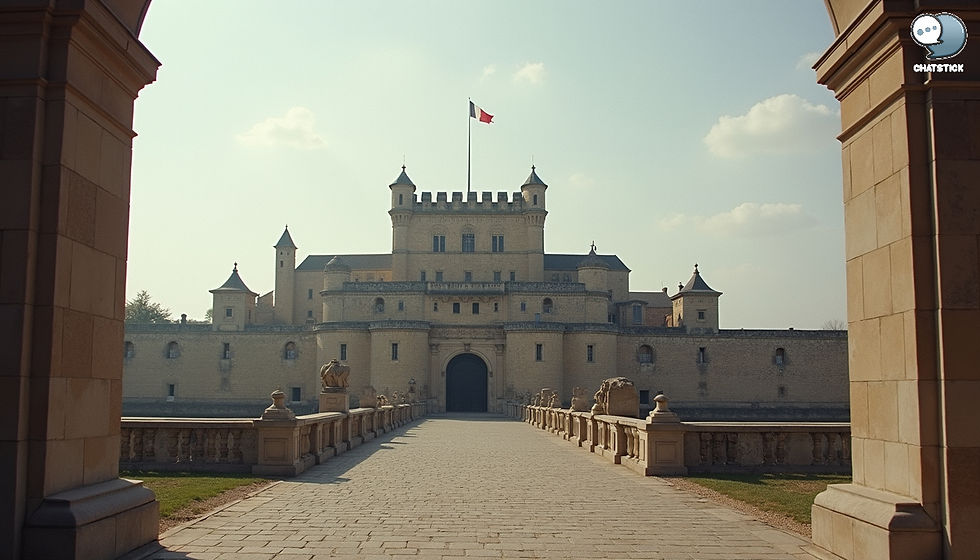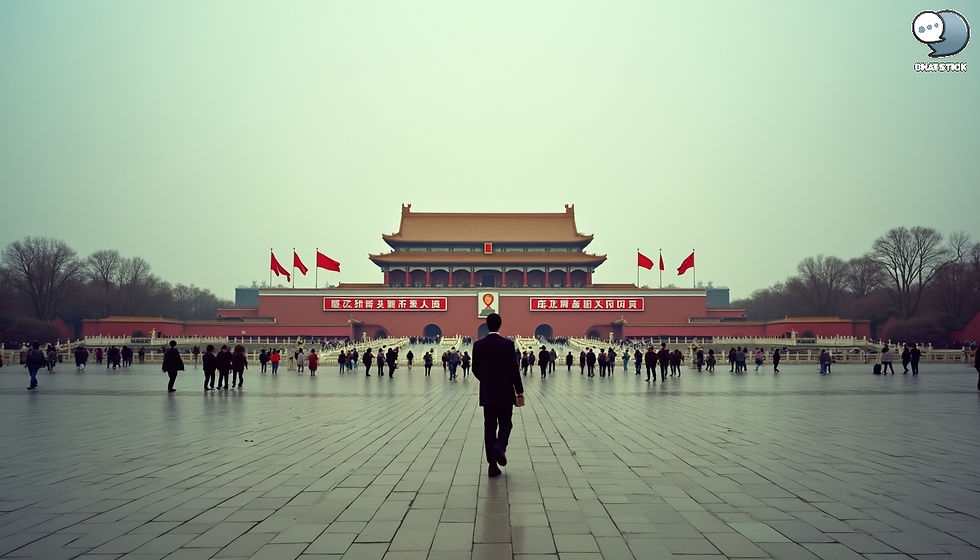Unveiling the Transformative Power of Revolutions: A Journey from Democracy to Communism
- ChatVariety

- Jul 4
- 4 min read
Revolutions have been pivotal in shaping history, transforming nations and altering governance systems. At the heart of these upheavals lies a promise of change, a beacon of hope amid turmoil. One intriguing journey is the shift from democratic ideals to communism. This blog explores how revolutions can dramatically reshape societies, drawing insights from the informative video, "How Revolutions Rewrote Nations: From Democracy to Communism."
The Essence of Revolutions
Revolutions often arise from widespread dissatisfaction. They represent a strong desire for change, led by groups seeking justice, equality, or improved governance. For instance, a notable example includes the Arab Spring. Sparked by demands for democracy, these uprisings led to significant political changes in countries like Tunisia and Egypt, though the outcomes were mixed.
Such collective movements are driven by various factors, including oppression and disenfranchisement. The desire for change can unify people across diverse backgrounds, leading to a reformed national identity. The video illustrates how revolutionary fervor can create a renewed sense of purpose among citizens.
Historical Context: From Democracy to Communism
The shift from established democratic frameworks to communism is not new; it's been witnessed in various nations across different eras. Analyzing key revolutions sheds light on how these shifts came to pass.
The French Revolution
The French Revolution in 1789 is a prime example of this transition. Initially rooted in the quest for liberty and equality, the revolution spiraled into violence, leading to chaos and the eventual rise of new ideologies. The Reign of Terror, which claimed around 16,000 lives, showcased how quickly democratic aspirations can devolve into authoritarianism.

In the aftermath, many disenchanted citizens turned to communism as a viable alternative, revealing how revolutions can reshuffle the political landscape dramatically.
The Russian Revolution
In the early 20th century, the Russian Revolution marked a significant metamorphosis from democratic desires to a communist regime. The catastrophic conditions of World War I, paired with extreme economic hardship, fueled the uprising against Tsar Nicholas II. What began as a quest for democracy swiftly transitioned to a Bolshevik-led communism, resulting in the establishment of the Soviet Union in 1922.

This revolution exemplifies how dire circumstances can lead the public away from democratic reforms, seeking rapid solutions through radical ideologies.
The Chinese Revolution
The Chinese Revolution also illustrates this profound impact on a nation's structure. Following the downfall of the Qing Dynasty, a power struggle emerged between nationalists and communists. Initially echoing democratic aspirations, the Communist Party, under Mao Zedong, ultimately prevailed, forming the People's Republic of China in 1949. This transition transformed social and economic frameworks within the country.

The revolution encapsulated how public enthusiasm could reshape governance entirely, demonstrating the unpredictable nature of revolutionary change.
Understanding the Dynamics of Change
Revolutions are intricate episodes sparked by a range of issues, including economic distress and social injustice. The transition from democracy to communism often emerges from a longing for equality. Yet, it can lead to authoritarian regimes instead of the democratic ideals that citizens initially sought. The video effectively illustrates this dynamic struggle between aspirations and realities.
The Consequences of Revolutionary Change
While revolutions promise transformation, they often yield mixed outcomes with profound consequences.
Economic Impacts
Economically, moving from democracy to communism alters wealth distribution and resource management. For instance, in Cuba, the shift led to nationalization of industries but also resulted in economic inefficiencies. In stark contrast, Vietnam's gradual embrace of market reforms shows how these transitions can vary significantly.
Social Changes
Socially, revolutions can bring new freedoms but may also restrict liberties in surprising ways. A good example is Iran after its 1979 revolution, where initial democratic aspirations quickly gave way to an oppressive regime. Countries that desired empowerment sometimes found themselves in dictatorships, facing the very issues they bravely opposed.
Lessons Learned from Historical Revolutions
Reflecting on revolutions prompts valuable insights for modern societies wrestling with governance and justice. The collective might of the people is powerful, though the aftermath can lead to fragmentation.
The Importance of Collective Action: United efforts can lead to significant changes, yet post-revolution, unity can fade.
Beware of Absolutism: The appeal of absolute ideologies should be approached with caution. History teaches us that creative power can morph into oppressive measures if not kept in check.
Continued Vigilance: Societies must remain alert to protect democratic ideals and safeguard civil liberties after revolutions.
Embracing Change Wisely
Revolutions serve as pivotal moments in the development of nations, often traversing a complex path from democracy to communism. As we learn from historical events, we discern the duality of revolutionary zeal—its ability to drive transformation and its potential for unforeseen consequences.
The rich narratives of these revolutions invite us to reflect on the interplay of governance, society, and economics. The video, "How Revolutions Rewrote Nations: From Democracy to Communism," captures this extensive journey, providing compelling storytelling and insightful analysis.
As we ponder these transformations, it is our collective responsibility to learn from history and strive for a future that champions justice, equality, and resistance to unchecked power.






Comments